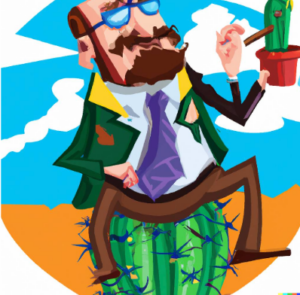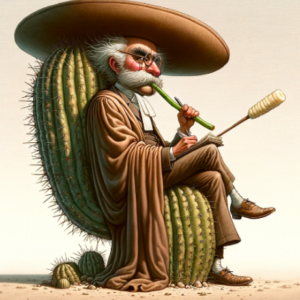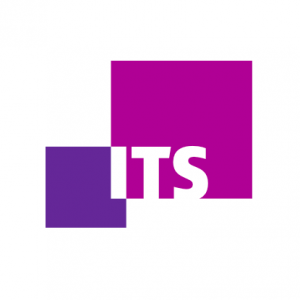theme
The Advance of Generative Artificial Intelligence (GAI) in Visual Image Generation
In 2022, Ronaldo Lemos made a bold prediction in his column for Folha de São Paulo: artificial intelligence with drawing and sketching capabilities would “shake up the world.” Lemos proposed an experiment using the DALL·E 2 platform, which claimed to create photorealistic images from textual descriptions in natural language. At that time, the tool had just gone public and had 1.5 million users. The text prompt was: “Stupid, snobbish professor sitting on a cactus eating sugar cane.” The output image was the following:

Image created by DALL·E 2 – Folha de São Paulo
DALL·E 2 has since stopped accepting new clients, and now we have DALL·E 3, available on ChatGPT Plus and the OpenAI Developer API. In 2024, when we provided DALL·E 3 with the same textual input, we got the following image:

Image created by DALL·E 3 – Reproduction
As we can see, the output result can now be understood as a realistic photo. The image shows a capacity for detail and nuance compared to DALL·E 2, which was still in its infancy as a public tool.
Interestingly, the image above was produced in seconds. In this new representation, the professor appears as an older man with a mustache, wearing glasses and a tunic, with some elements directly alluding to the Wild West, such as a large hat and tie. Again, no elements were specified, following the same method as in the previous experiment.
These technologies democratize the creation of various types of images, as the tool has now evolved to produce not only drawings but also more complex illustrations through different techniques and even photographs. Alongside this evolution, unprecedented issues arise as we explore GAI in the art world.
In February this year, an exhibition called “The Willy Wonka Experience” made headlines worldwide. Unfortunately, it wasn’t a success but rather a case of Generative AI misuse. In its advertising, the event featured AI-generated images simulating what the experience would be like for visitors, who were willing to pay £35 (about R$220) for a ticket. According to G1, the event’s official website, illustrated with AI-generated images, promised “a journey filled with wondrous creations and enchanting surprises at every turn.”
Another significant case involves artist Boris Eldagsen, who won the Sony World Photography Awards in March 2023 but refused the prize, admitting that his art had been created using Artificial Intelligence. Eldagsen stated on his blog that his participation was intended to test whether evaluators were prepared to differentiate AI-generated images from photographs that reproduce reality.
Besides raising questions about originality and intellectual property, this discussion also touches on the potential devaluation of artists and the misuse of these tools for disinformation. There are no definitive answers on how we will tackle these issues. The critical point is that, just as DALL·E 3 and other GAI tools continue to evolve, researchers and artists will increasingly use and exploit these technologies.
In the future, distinguishing between art produced by humans and that created by machines may no longer be possible. Instead, the focus will be on whether we can conceive of art or communication without relying on machines for production and dissemination. In this new scenario, the role of machines is not only complementary but also provocative, inspiring, and ultimately an extension of human expression.

